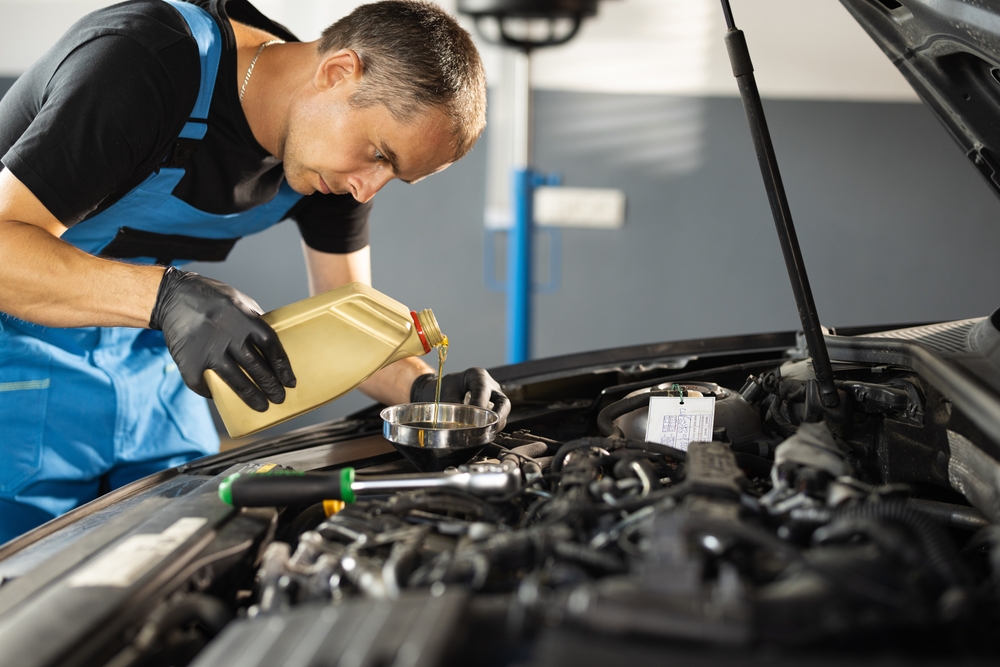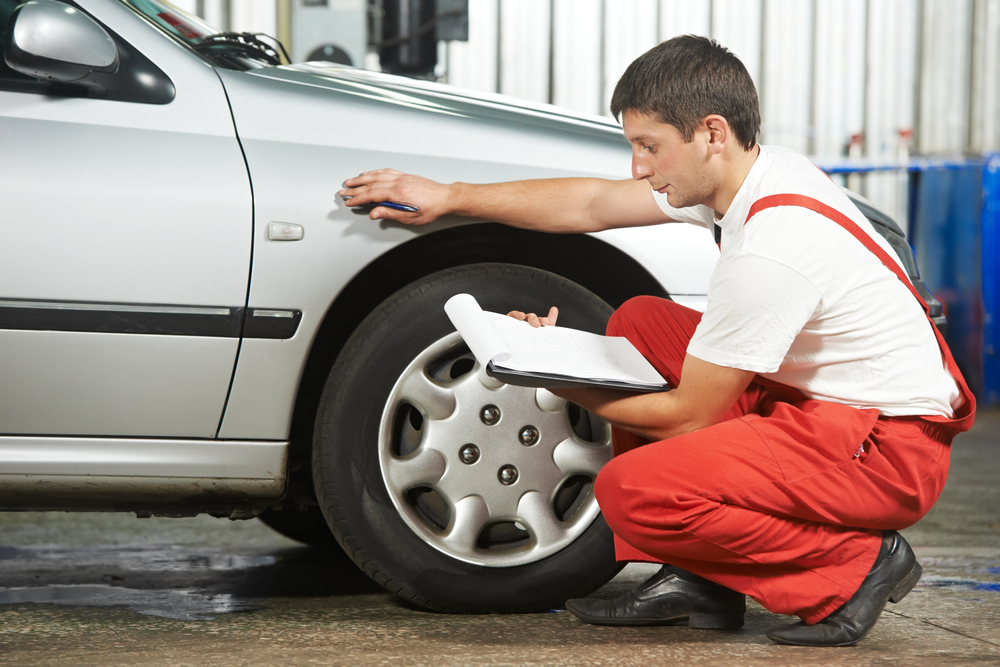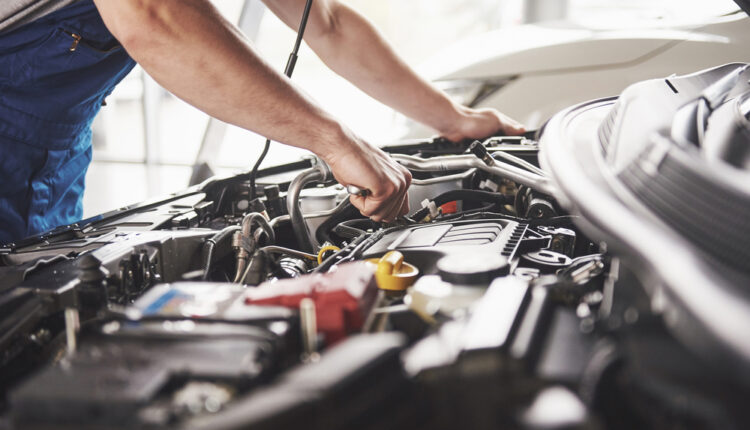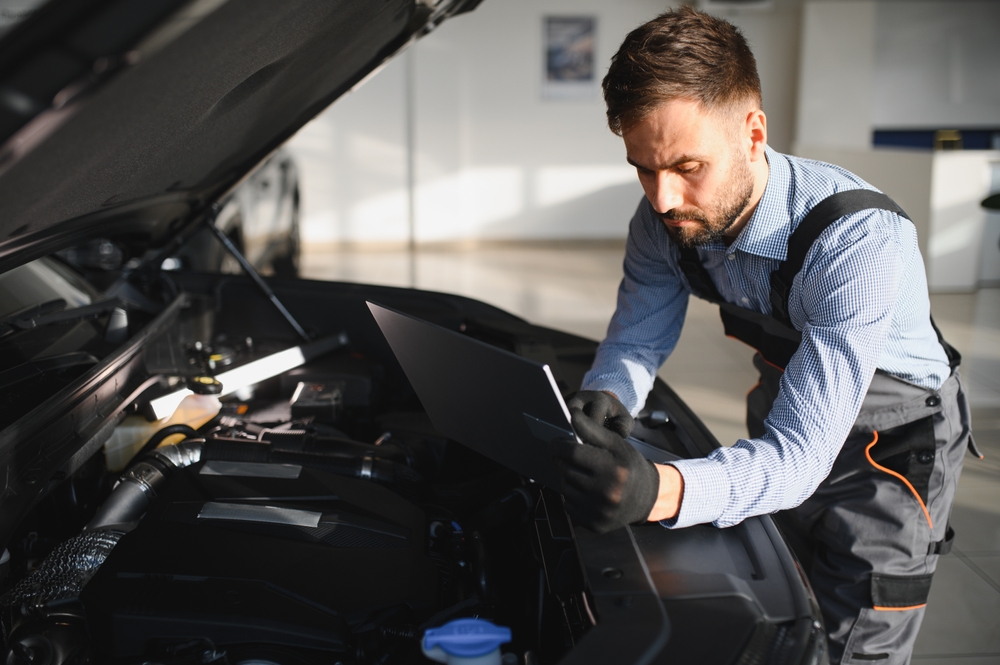How to Inspect a Used Car Before Buying It in UAE
Essential Steps for Inspecting a Used Car Before Buying in the UAE: A Comprehensive Guide
Buying a used car in the UAE can be an exciting decision, given the country’s large and diverse used car market. However, purchasing a pre-owned vehicle involves certain risks that need careful consideration. To ensure a safe and wise investment, it’s essential to thoroughly inspect the car before buying.
Inspecting a used car is a critical step to avoid hidden issues and ensure the vehicle is in good condition. By following a detailed inspection checklist, you can make a more informed decision and reduce the chances of unexpected repairs down the road. Although buying a second-hand car can be economical, it’s essential to understand the potential risks involved in purchasing a used car in the UAE so you can proceed with confidence.
Key Insight
1. Thorough Inspection: A comprehensive checklist covering key areas to inspect when buying a used car in the UAE.
2. Engine & Fluid Checks: Ensure engine health and fluid levels to avoid costly repairs.
3. Car Body & Interior: Look out for hidden damage, rust, and overall condition.
4. Vehicle History: Check for accidents, registration, and ownership history through RTA.
5. Smart Buying: Avoid hidden faults and scams by conducting a detailed inspection or seeking professional help.
Why Inspect a Used Car Before Buying?
A pre-purchase inspection is essential to avoid costly repairs down the line. An improper inspection could lead to purchasing a car with hidden issues such as engine damage, electrical problems, or collision repairs that affect the vehicle’s safety. Here are the key areas to check when buying a used car in the UAE:
1. Engine and Fluid Inspection
The engine is the heart of any vehicle. Before committing to a used car, it’s essential to thoroughly assess its condition.
-
Engine Oil: Check the engine oil color. Fresh oil should be light pink or translucent, while dark oil indicates a need for change.
-
Leaks: Inspect for oil or coolant leaks around the engine. Leaks can indicate major issues and expensive repairs.
-
Battery: A weak or old battery can cause electrical problems. Look for corrosion around the terminals.
-
Fluid Levels: Ensure other fluids, coolant, brake fluid, power steering, and transmission fluid are at proper levels and appear clean.
Tip: If the engine shows signs of rust or wear, it may be better to consider another vehicle. Engine repairs are often expensive and time-consuming.
Let’s now take a closer look at the most important things to check when you inspect a used car.

2. Car Body Inspection
A detailed inspection of the car’s body is crucial, especially for vehicles older than five years.
-
Rust and Paint: Look for any rust on the car’s body, undercarriage, and wheel wells. Fresh paint on older cars might indicate previous body damage that was covered up.
-
Tires and Alignment: Check the tires for wear and ensure they are no more than 4 years old. Uneven tire wear could signal poor alignment or suspension issues.
-
Exhaust: Inspect the exhaust system for smoke or strange smells that could indicate engine issues.
-
Suspension: Test the suspension by pressing down on the car’s corners, if it bounces back quickly, the suspension is likely in good condition.
Tip: Request the owner to fix any visible body damage. If they refuse, it may signal potential trouble down the road.

3. Interior and Electronics Inspection
The car’s interior and electronic features contribute to your comfort and safety. Be sure to check:
-
Seats and Upholstery: Inspect the condition of the seats and upholstery. Look for tears, stains, or signs of excessive wear.
-
Infotainment System: Test the stereo, touch screen, and other infotainment features to ensure they work correctly.
-
Air Conditioning: In the UAE’s hot climate, a functioning air conditioner is non-negotiable. Test it during your test drive.
-
Safety Features: Ensure the airbags, ABS, and other safety features are intact and functioning.
Tip: Keep an eye on any malfunctions, as they could affect your ability to negotiate a lower price.
4. Vehicle History and Documents Inspection
A comprehensive history check is vital before purchasing any used vehicle. You can easily verify a car’s history using the UAE’s RTA (Road and Transport Authority) services.
-
RTA History Check: Use the vehicle’s VIN or chassis number to check its history on the RTA website. This will provide detailed reports on accidents, registration status, and whether the car has been stolen or involved in any legal disputes.
-
Ownership and Service History: Request to see the car’s service history and confirm it was regularly maintained.
-
Insurance and Warranty: Verify that the car is insured and check for any existing warranties that may still be valid.
Tip: Avoid cars with suspicious histories, such as prior accidents or unusual ownership records, to avoid future problems.
Frequently Asked Questions (FAQs)
Q: Can I trust the used car’s RTA history report?
Yes, the RTA provides reliable and accurate reports on a vehicle’s past, including accidents and legal status.
Q: What should I do if the car I want has a significant repair history?
If the car has significant repairs, ask for detailed information and consider whether the price justifies the risks of further issues.
Q: How can I negotiate the price after finding issues?
Use the problems you’ve identified during the inspection to negotiate a lower price or request that repairs be made before purchase.
Conclusion
Now that you know how to inspect a used car, you can approach your purchase with confidence and ease. Thorough inspections will help you avoid hidden defects and ensure you’re making a wise investment. Remember, you can have the vehicle inspected by an authorized center for a more detailed assessment.
Buying a used car in the UAE can be a rewarding experience, but it’s important to stay vigilant throughout the process. With the correct information and thorough checks, you’ll be able to find your ideal car in excellent condition.
Ready to start your search for the perfect used car in the UAE? Head over to ArabWheels blog for more expert tips and advice on buying used vehicles, staying up-to-date with market trends, and finding the best deals. Make your next car purchase a smart one!


